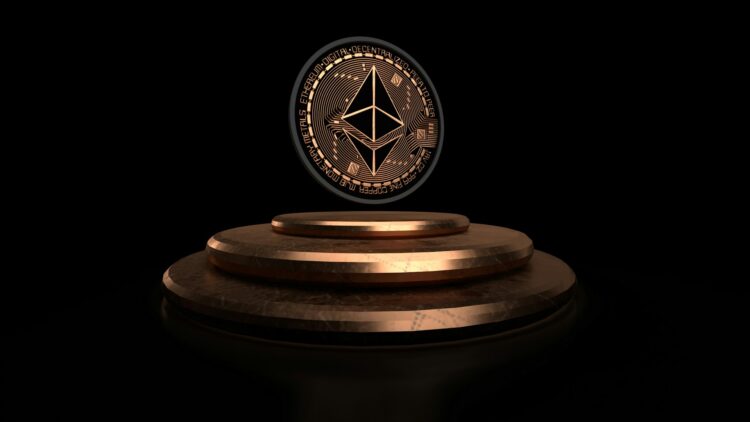On October 23, Ethereum (ETH) co-founder Vitalik Buterin unveiled exciting developments surrounding the ‘The Verge’ upgrade. This strategic enhancement seeks to ease the process of running validator nodes, addressing key challenges that the Ethereum network currently faces.
Addressing High Resource Demands in Ethereum Nodes
Buterin has brought to light several pressing issues within the Ethereum network, notably the steep resource demands required for operating Ethereum nodes. According to research conducted by Paradigm, an Ethereum client must store a significant amount of state data—amounting to hundreds of gigabytes—to effectively verify transaction blocks. This data requirement continues to swell, increasing by approximately 30 GB annually, posing barriers to entities keen on running validator nodes.
Simplifying Node Operations with ‘The Verge’ Upgrade
The ‘The Verge’ upgrade promises to make node operations more accessible and less resource-heavy, primarily through two groundbreaking innovations: stateless clients and cryptographic SNARKs (Succinct Non-interactive Arguments of Knowledge).
Stateless clients serve as fully-verifying nodes without the extensive hardware demands typical of Ethereum blockchain clients. Unlike the current necessity of over 1 terabyte (TB) of storage, stateless clients require only a few gigabytes, significantly reducing the resource-intensive nature of running a full node.
Buterin envisions that stateless verification will become computationally feasible to the extent that every mobile wallet, browser wallet, and even smartwatches will adopt it by default. By drastically cutting down on storage needs, stateless clients democratize network participation, lower barriers for solo stakers, and empower more entities to secure and validate transactions within the Ethereum network.
Encouraging Solo-Staking through Reduced Requirements
Vitalik Buterin is a strong advocate for making Ethereum solo staking more approachable by decreasing entry hurdles, such as the minimum ETH required to stake and reducing bandwidth demands. This approach aims to foster a more inclusive Ethereum staking environment.
The Role of SNARKs in Boosting Verification
Moreover, Buterin has highlighted the advantages of SNARKs in bolstering cryptographic verification and safeguarding against potential quantum computing threats. SNARKs, advanced cryptographic proofs, allow users to validate blockchain data without the need to download all data. As Buterin succinctly puts it, “Download some data, verify a SNARK, done.”
Ethereum Improvement Proposal (EIP) 4762
In his detailed blog post, Buterin also delved into Ethereum Improvement Proposal (EIP) 4762, which addresses stateless gas cost alterations in the context of stateless verification. EIP-4762 aims to modify gas fees for resource-heavy cryptographic operations to sustain Ethereum network scalability and security. This proposal introduces the concept of ‘multidimensional gas,’ which applies different gas fees for call data, computational processes, and state access functions.
Institutional Interest and Ethereum’s Long-term Potential
Ethereum’s native token, ETH, continues to attract significant institutional interest as the smart contract platform’s adoption expands. A recent survey indicates that nearly 70% of institutional investors are engaged in ETH staking.
While the overall outlook for Ethereum’s future remains bullish, this optimism has yet to translate into substantial price movements for ETH. However, long-term ETH holders remain confident in the token’s enduring potential. At the time of writing, ETH is trading at $2,526, marking a 1.7% increase in the past 24 hours.











